What is Mortise and Tenon Joinery?
If you’ve ever admired the strength and beauty of handcrafted furniture, there’s a good chance you’ve seen the quiet power of mortise and tenon joinery at work—whether you realized it or not. This traditional woodworking technique has been used for centuries to create robust, lasting connections between two pieces of wood. It’s a hallmark of Amish furniture, where craftsmanship and durability are top priorities.
At its core, mortise and tenon joinery entails fitting a rectangular extension, the tenon, into a corresponding hole, the mortise, on a mating workpiece. When crafted well, the joint fits so snugly that it could be compared to a piston in a cylinder—a precise, tight, and incredibly strong joint.
Mortise and tenon joinery isn’t just about tradition; it’s about performance. Whether used in a solid wood dining table or a handcrafted bed frame, this time-tested joint provides a foundation of strength that can withstand decades of daily use. That’s one reason Amish builders continue to rely on it today, blending age-old methods with modern expectations for quality and longevity.
What IS mortise and tenon?
Mortise and tenon joinery might sound fancy, but it’s a simple concept—and one of the strongest ways to connect two pieces of wood. In short, one piece (the tenon) is shaped to fit into a hole (the mortise). This creates a tight, stable joint that holds up over time without the need for screws, nails, or metal fasteners.
Here’s how it works: the mortise is just a rectangular hole, and the tenon is a matching piece that slides into it like puzzle pieces. The tenon usually makes up about one-third of the board’s thickness, thick enough to be strong, but not so thick that it weakens the surrounding wood. The little shoulders around the tenon help keep everything lined up, let glue spread evenly, and give the whole joint a clean, finished look.
A Little History Lesson
This technique is not a recent innovation by any means. Archaeologists have discovered early examples of mortise and tenon joinery from the Neolithic Era in modern-day Germany. Researchers have uncovered wooden wells dating back to around 5000 BC!
Ancient cultures in China, Egypt, and the Middle East built impressive structures and boats using this joinery technique. Today, archaeologists continue to uncover these ancient works—proof of the technique’s remarkable durability. Unsurprisingly, skilled craftsmen still rely on mortise and tenon joinery when working with high-quality hardwood. This method has stood the test of time for a reason: it works, and it works well.
Why Mortise and Tenon Matters in Quality Furniture
Many factors contribute to the remarkably high standard associated with handcrafted Amish furniture. These things add up, from the quality of materials used to the skill of the craftsman and the construction practices. One of the key reasons people turn to quality hardwood furniture is the durability and longevity of their investment. It is possible to use high-quality wood and materials, but there will still be a breakdown if the core construction techniques are not a part of the process.
How Does Mortise and Tenon Compare to Other Joinery Techniques?
Woodworkers use more than mortise and tenon joinery, so let’s take a quick look at some other methods and compare them to our featured technique.
Loose Tenons. This method inserts a separate piece of wood into mortises on both ends. It is easier to cut and fit, but it does not provide the durability and strength of a traditional mortise and tenon joint.
Tongue and Groove joints are often used in flooring and paneling, providing a stable and pleasing look. Although this is a relatively easy installation process, it still cannot offer the level of durability that mortise and tenon joints provide.
Dowel Joints. This practice is a simple and often quicker option than mortise and tenon. It does provide a bit of strength and is easy to construct, making this an excellent choice for beginning woodworkers. You will see this type of technique in lots of mass-produced furniture options. So, this option doesn’t offer the same strength and robustness as the others.
Dovetail Joints are another technique that Amish Craftsmen like to use. This technique is known for its incredible strength and puzzle-like interlocking design. It isn’t easy and requires a lot of skill and extra time to execute. Amish Craftsmen will often use this for drawer systems.
Are There Any Cons?
Since this blog highlights the strengths of mortise and tenon joinery, it’s only fair to mention a few potential downsides. While the many pros outweigh the cons, a couple of things to consider would be:
Time-consumption and the need for precision: Constructing joints with this technique takes a lot of time and requires precise handling.
Splitting: Poor design or sloppy assembly can increase the risk of wood splitting. That’s why choosing true Amish craftsmanship is important—builders who care to get every detail right.
The main disadvantages to remember are the extra time and precision required for furniture that uses these techniques. If you’re on a tight timeline, this could be a factor. These pieces also tend to cost more. But if you have the time and are willing to invest, you’ll have furniture that lasts for generations.
Traditional and Modern Tools for Joinery
Traditionally, woodworkers created mortise and tenon joints using hand saws, mallets, hammers, and chisels. It may surprise you that some Amish artisans still do everything by hand. However, most Amish craftsmen are not afraid to use modern technology to help speed up the process of their craft. It also enhances their production without sacrificing the integrity of the technique itself. Machinery, like table saws, plunge routers, and CNC machines, can give that same level of precision but at a quicker pace.
Why Choose Mortise and Tenon Joinery?
The long-term value of furniture built with mortise and tenon joinery comes down to what you want from your furniture. Is it important to you to support skilled artisans who keep traditional craftsmanship alive, passing their knowledge down through generations? Do you love owning heirloom-quality furniture that can be passed on to your children—and theirs? Or maybe you want your furniture to reflect your style and bring a sense of timelessness to your home.
As we’ve seen, joinery methods like mortise and tenon add structural integrity and contribute to sustainability and overall value. While the design often hides much of the craftsmanship, some pieces proudly showcase these joints as visible features, turning function into a focal point. It’s a subtle detail that speaks volumes about the quality and character of the piece.
Conclusion
Understanding mortise and tenon joinery helps you appreciate the craftsmanship, tradition, and structural integrity behind high-quality wood furniture. This time-tested technique isn’t just a construction method; it’s a sign of thoughtful design and expert skill. When you recognize a mortise and tenon joint, you see more than a connection between two pieces of wood. A trustworthy builder is committed to durability, detail, and timeless craftsmanship.
That’s precisely the kind of quality you’ll find in Amish-crafted furniture. Skilled artisans carefully craft these pieces using traditional techniques they’ve learned and carried forward through generations. If you’re looking for furniture that tells a story, adds lasting value to your home, and stands the test of time, Amish furniture is well worth exploring.
If you’d like to learn more about how mortise and tenon joinery are used in specific pieces or if you’re ready to invest in handcrafted furniture built to last, contact our team at Amish Outlet. We’d happily help you find pieces that reflect your style and values.

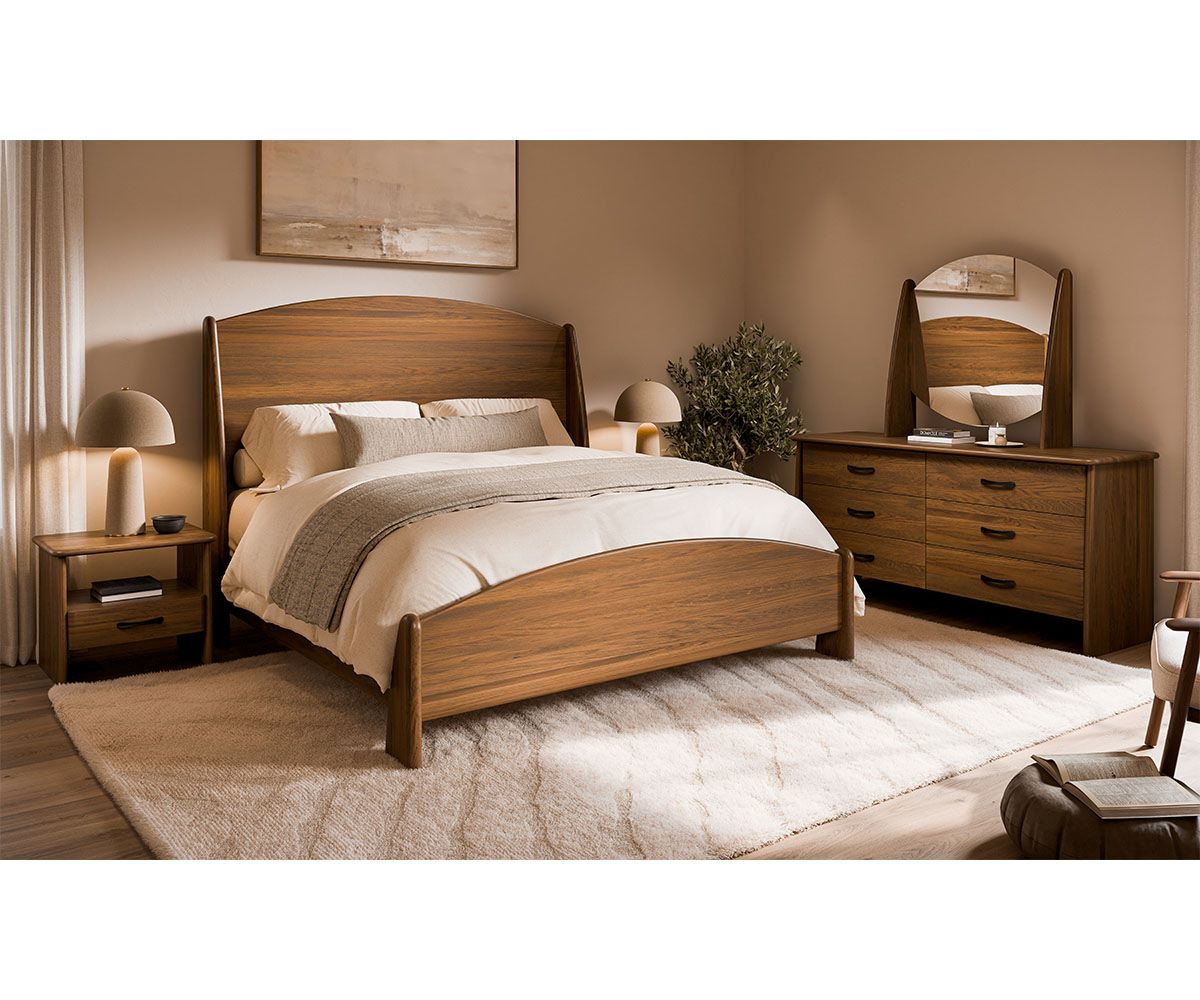
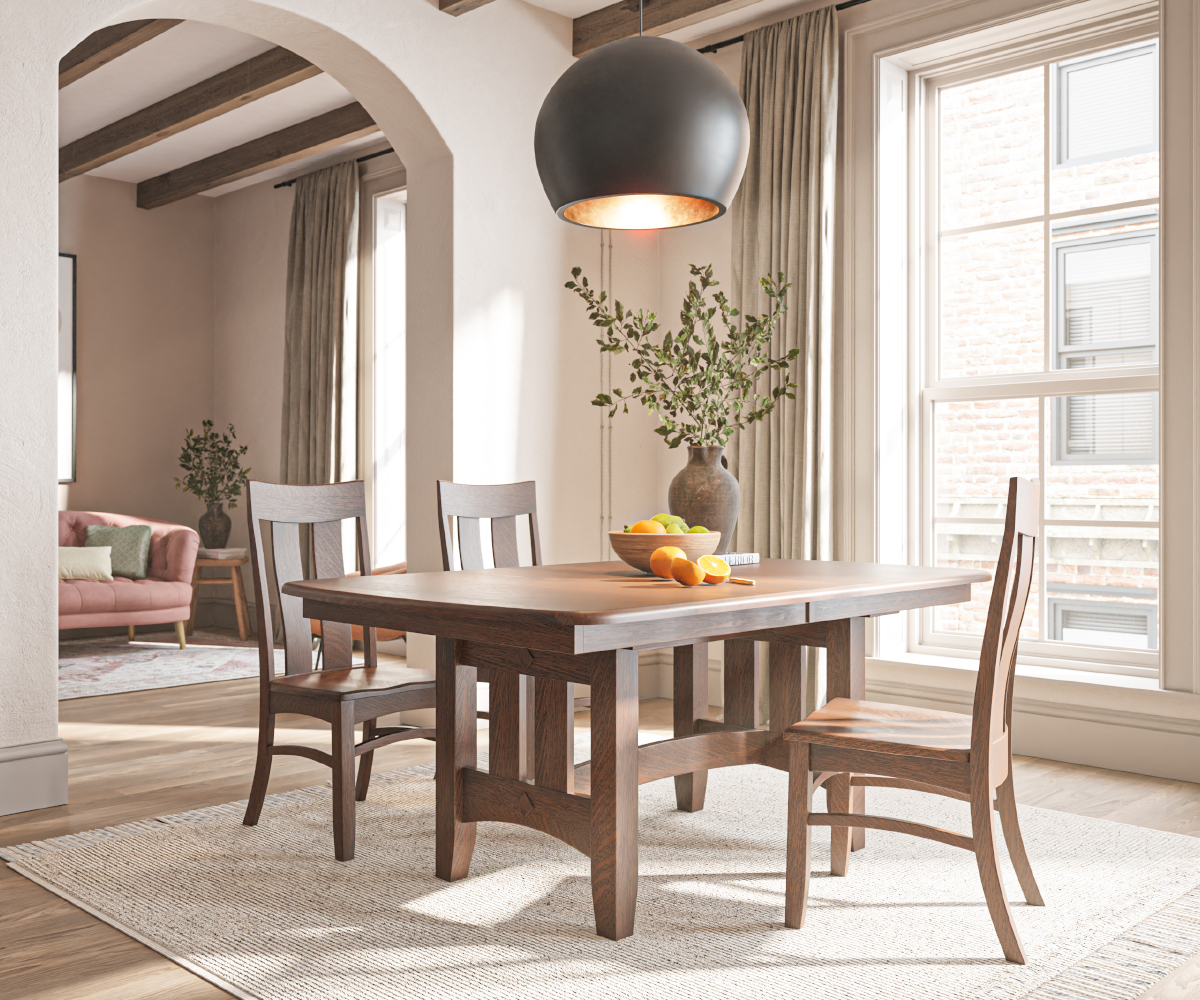
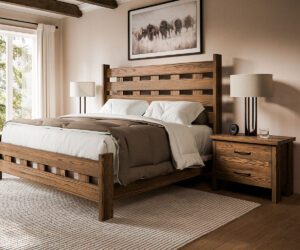
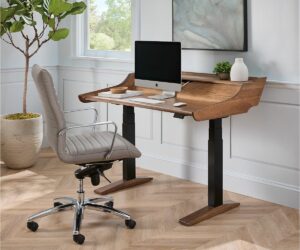


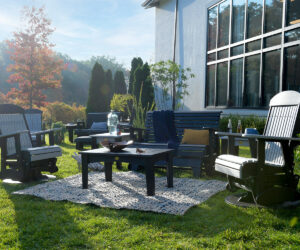










 Are you a visual person? Check out our video to see how easy our process is!
Are you a visual person? Check out our video to see how easy our process is!